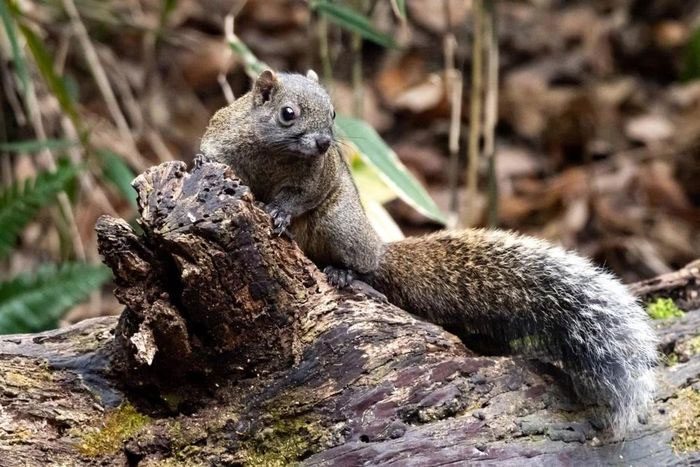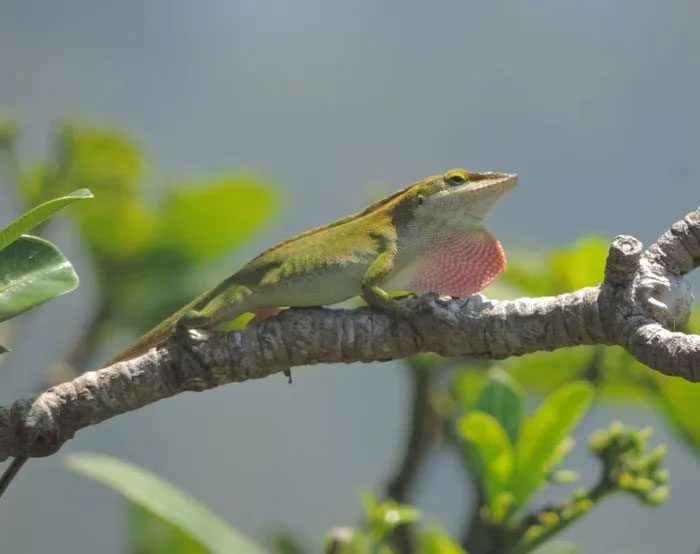Invasive species are causing significant damage to Japan’s native flora and fauna, and, as seen with the Formosan squirrel, the most appropriate solution is the humane capture and extermination of this population.
Authorities in the ancient city of Kamakura, Japan, are seeking to curb the rising population of Formosan squirrels, which have become a nuisance to the community, damaging wooden temples, stealing crops from local farmers, and chewing through electrical cables.

The Formosan squirrel has become a pest for the residents of Kamakura, Japan. (Photo: Shutterstock).
These creatures are popular among children and many tourists visiting the city, believed to be descendants of squirrels purchased as pets but later released by their owners once they grew too large.
Mainichi reports that the local government introduced a plan to capture and exterminate squirrels in 2000. However, the population continued to grow, reaching an estimated high of 1,571 squirrels by 2018. Officials stated that this number is expected to be surpassed soon, with 1,533 squirrels captured in just the first eight months of 2023.
Even environmental activists agree that invasive species are causing significant harm to Japan’s native ecosystems, and, in the case of the Formosan squirrel, humane capture and extermination is the most suitable solution.
The Kamakura local government has requested additional funding to support its squirrel control campaign, which includes providing local residents with traps and posting signs asking tourists not to feed the animals.
The management of Kamakura’s two most famous landmarks, Tsurugaoka Hachimangu Shrine and Hasedera Temple, acknowledges that squirrels have damaged the wooden components of the centuries-old complex and have sought to invade rooftop spaces.
“They look cute, but they cause a lot of damage to the town. It has become a real issue for many people,” said a city official from Kamakura who requested anonymity.

The Kamakura city government has launched a campaign to exterminate these harmful squirrels, yet their numbers continue to rise. (Photo: Shutterstock).
Keiko Yamazaki, a board member of the Japan Animal Welfare Alliance, stated that this issue not only causes property damage but also relates to biodiversity.
Ms. Yamazaki said: “As an island nation, Japan has long been a hotspot for biodiversity issues and is threatened by various invasive species introduced over time, such as these squirrels.”
Yamazaki noted that near her home in Chiba Prefecture, east of Tokyo, there have been problems with monkeys from elsewhere in the world escaping from zoos or wildlife parks and then interbreeding with the local monkey population, altering the species.
There are numerous examples of imported animals escaping or being discarded by careless owners, such as the wide-mouthed bass introduced for fishermen, which have completely eradicated native fish species living in lakes.
Elsewhere in Japan, once-cute pet raccoons have thrived after being abandoned to fend for themselves, and the green anole lizard, a fast-breeding, predatory reptile, has wreaked havoc on the unique insect populations of Chichijima Island, south of Tokyo, pushing some species to the brink of extinction.

The green anole lizard has devastated the insect populations on Chichijima Island in Japan. (Source: Japan Nature Guides).
Currently, more than 150 species of animals and plants are listed as invasive species by Japan’s Ministry of the Environment.
She mentioned that extermination is a frequently debated topic among animal rights activists, but in a recent discussion within her animal study group, about 70% concluded that some invasive alien species need to be eliminated to protect native species and preserve the nation’s biodiversity, although all supported safe and humane killing.
She added that it is equally important for government measures to change laws and tighten regulations on unethical animal traders or pet shop owners who import these species.
She further stated: “It is crucial to prevent the illegal trade of exotic pets, and Japan should reference laws enacted by the European Union.”




















































